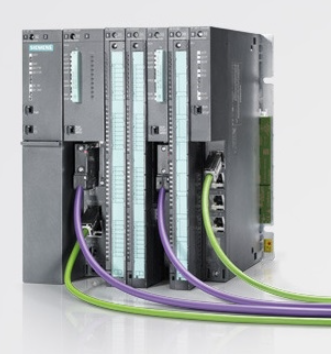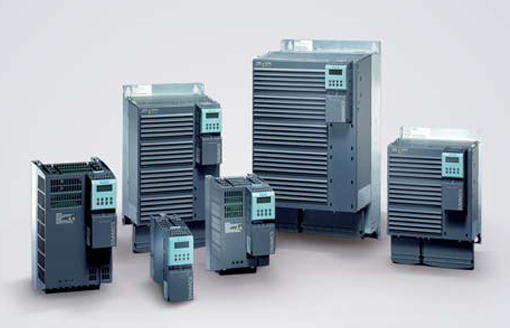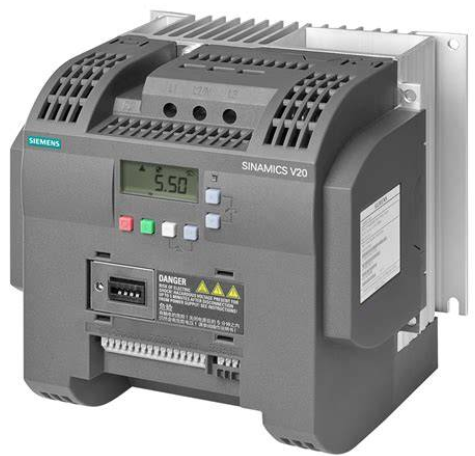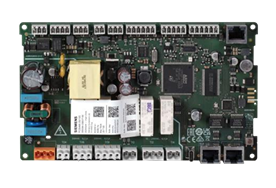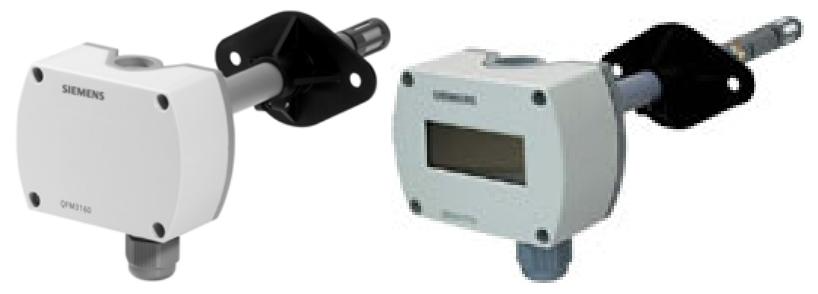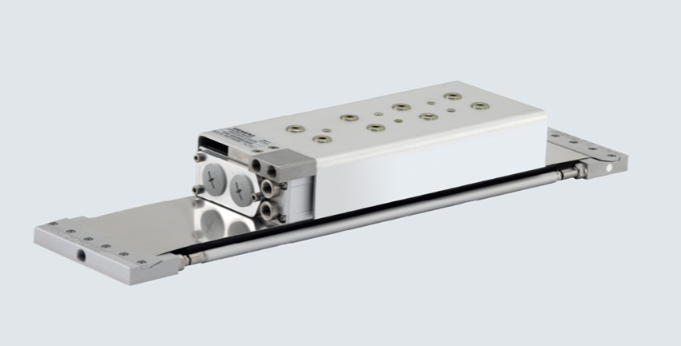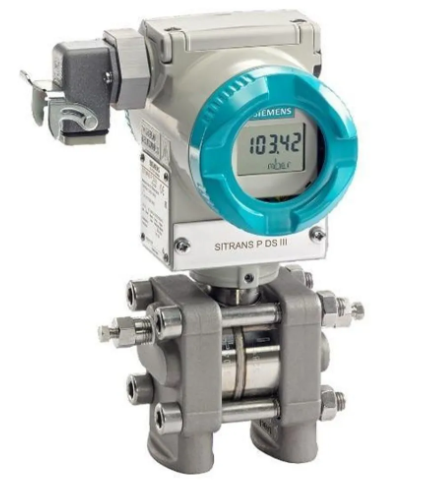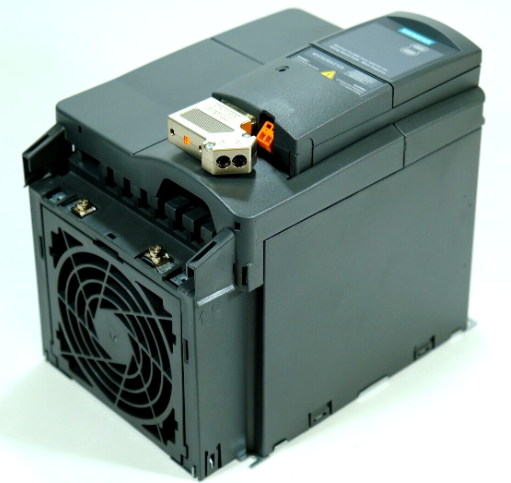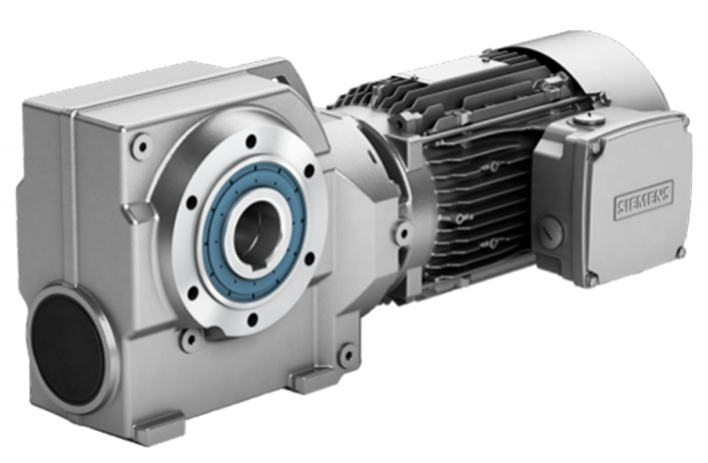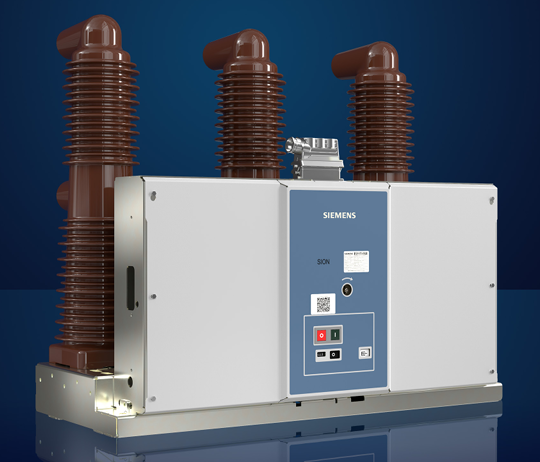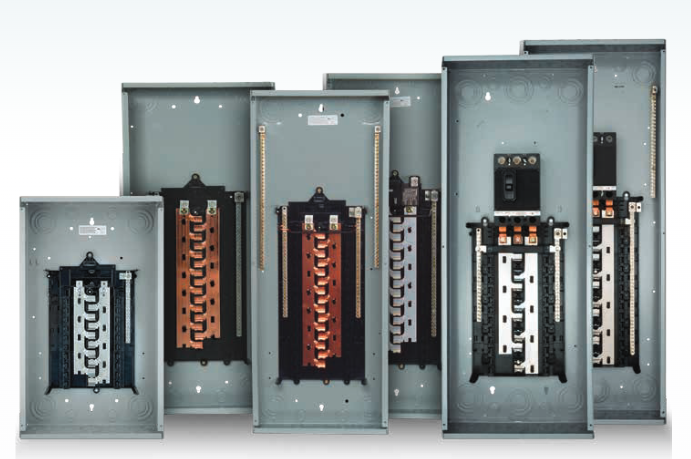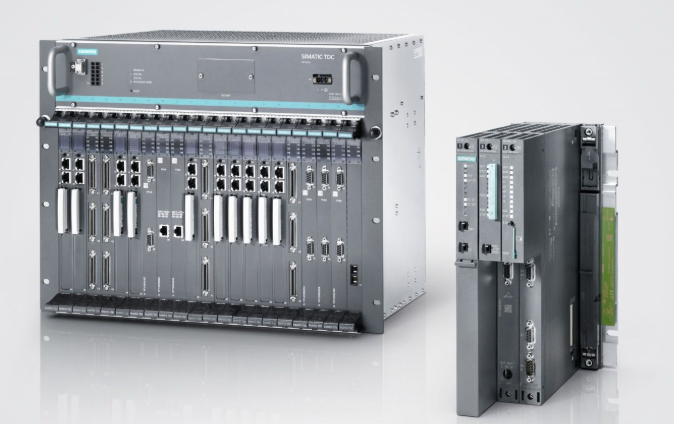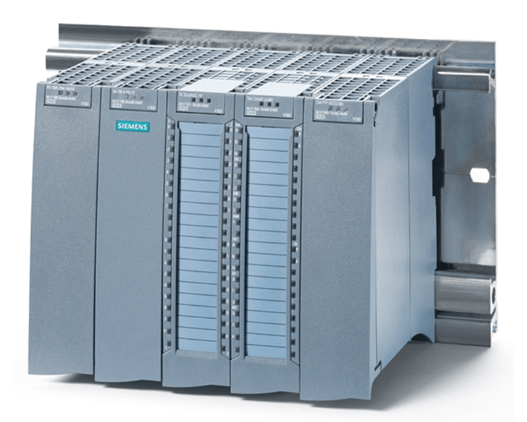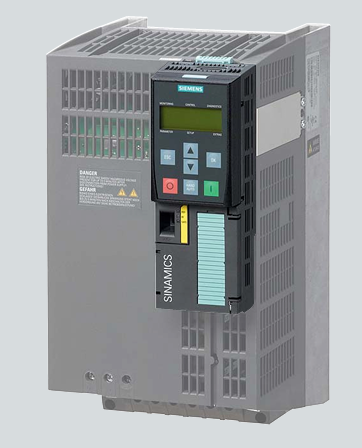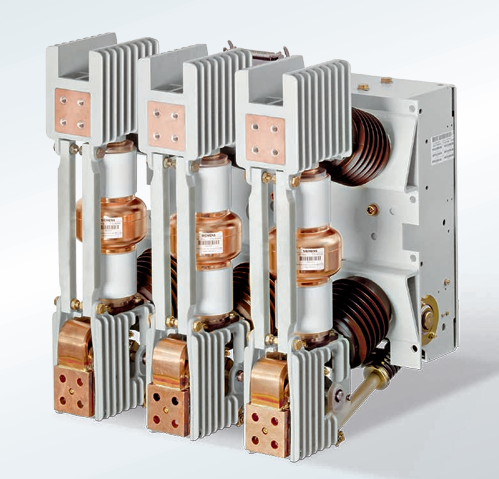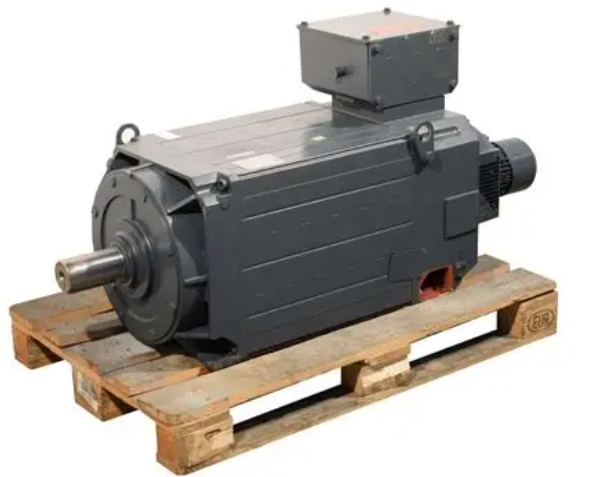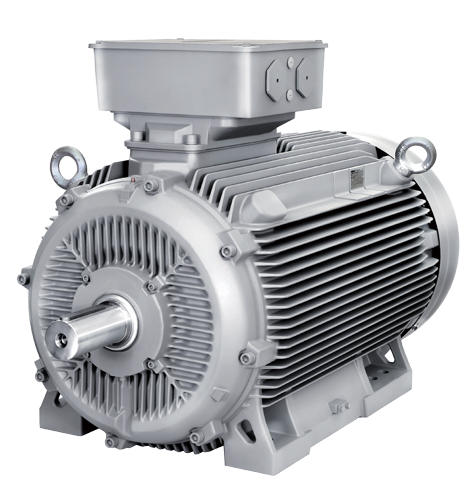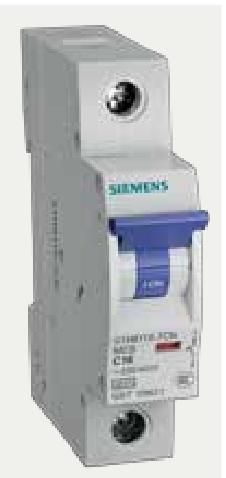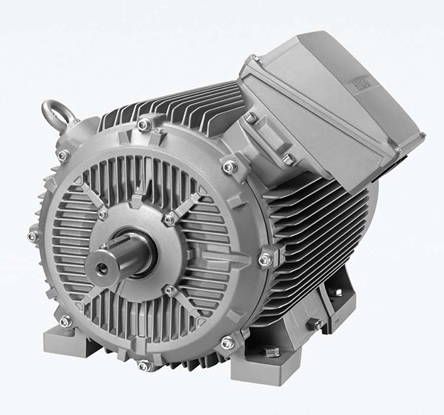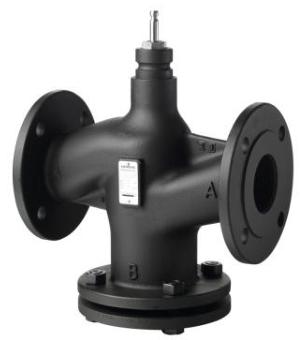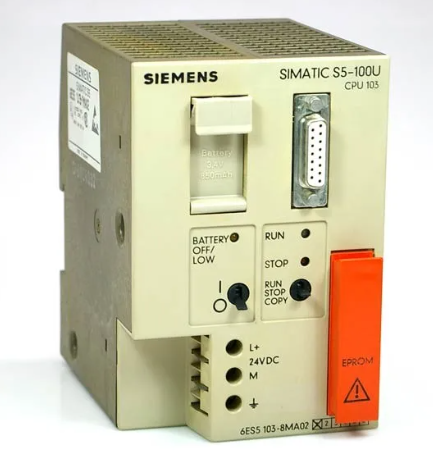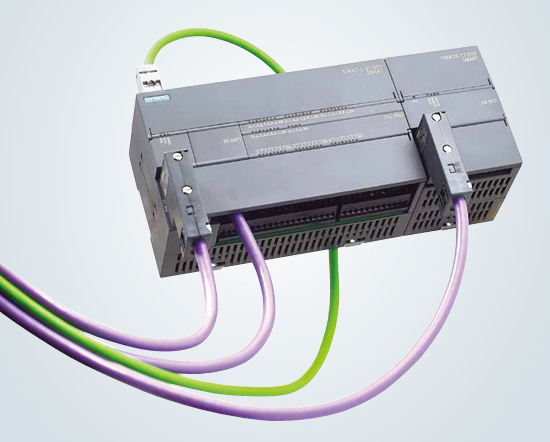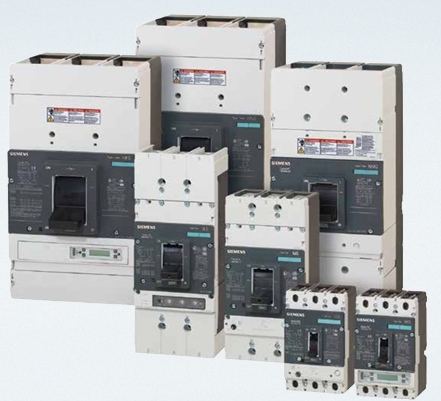The P0914ZM recognition module is an important component of the FOXBORO I/A Series control system, essentially an interface module with high-precision signal acquisition and intelligent recognition capabilities. Its core function is to achieve signal matching and data exchange between various sensors, actuators, and other devices on site and the control system host. It can accurately identify and convert analog signals or switch signals such as temperature, pressure, flow rate, and liquid level into digital signals that the system can recognize. At the same time, it can convert control instructions issued by the system into signals that can be executed by the on-site equipment, building a "communication bridge" between the on-site equipment and the control system.
FOXBORO P0914ZM recognition module
Module core positioning and overview
The P0914ZM recognition module is an important component of the FOXBORO I/A Series control system, essentially an interface module with high-precision signal acquisition and intelligent recognition capabilities. Its core function is to achieve signal matching and data exchange between various sensors, actuators, and other devices on site and the control system host. It can accurately identify and convert analog signals or switch signals such as temperature, pressure, flow rate, and liquid level into digital signals that the system can recognize. At the same time, it can convert control instructions issued by the system into signals that can be executed by the on-site equipment, building a "communication bridge" between the on-site equipment and the control system.
This module adopts modular design, with good compatibility and scalability, and can be flexibly configured in various controller racks of FOXBORO according to on-site control requirements, providing convenience for system integration and upgrading.
Key technical parameters
Technical parameters are the core manifestation of module performance, and P0914ZM meets the stringent requirements of industrial sites with precise parameter design. The core parameters are as follows:
1. Signal input/output type
-Analog input: supports common industrial standard signals such as 4-20mA DC current signal and 0-5V DC voltage signal, and can be adapted to pressure transmitters, temperature sensors (such as PT100, thermocouple matching transmitters) and other equipment;
-Digital input/output: compatible with dry contact and wet contact switch signals, it can recognize the status of on-site valves and pump operation, as well as control the switch of small actuators;
-Signal recognition accuracy: The analog signal recognition accuracy reaches ± 0.1% FS, and the digital signal response time is ≤ 1ms, ensuring the accuracy of signal acquisition and transmission.
2. Power supply and environmental parameters
-Power supply voltage: Supports 24V DC redundant power supply, with a voltage fluctuation range of ± 10%, and has overvoltage and overcurrent protection functions to improve module operation stability;
-Working temperature: -40 ℃~70 ℃, suitable for extreme industrial environments such as high and low temperatures;
-Relative humidity: 5%~95% (no condensation), strong moisture resistance, suitable for humid environments such as chemical workshops;
-Anti interference performance: Compliant with the IEC 61000-4 series standards, it has strong electromagnetic interference (EMI) and radio frequency interference (RFI) suppression capabilities, ensuring stable operation in complex industrial electromagnetic environments.
3. Communication and Physical Parameters
-Communication Protocol: Supports FOXBORO specific FBM communication protocol, seamlessly integrates with I/A Series control system, and is compatible with general industrial protocols such as Modbus RTU, enhancing the interconnection capability with third-party devices;
-Dimensions: Adopting standard rack installation dimensions, height 4U, width 160mm, depth 220mm, compatible with FOXBORO standard control cabinet;
-Weight: Approximately 1.8kg, modular structure for easy installation and disassembly.
Core functions and advantages
1. High precision signal recognition and conversion
The module is equipped with high-precision A/D (analog/digital) conversion chips and intelligent signal conditioning circuits, which can effectively suppress noise interference in on-site signals, amplify and accurately convert weak signals. For example, in the pressure monitoring scenario of chemical reaction vessels, the 4-20mA signal output by the pressure transmitter can be accurately converted into a digital signal with an error controlled within 0.1%, providing reliable data support for precise control of the control system.
2. Intelligent diagnosis and fault alarm
P0914ZM has a complete self diagnostic function, which can monitor the power supply status, communication status, signal acquisition channel status, etc. of the module in real time. When there are problems such as signal disconnection, channel failure, power supply abnormality, etc., an alarm signal will be immediately sent out through the control system, and displayed intuitively on the LED indicator lights on the module panel (such as the red indicator light being constantly on to indicate a fault, and the green indicator light flashing to indicate normal communication), making it easy for operation and maintenance personnel to quickly locate and troubleshoot faults, reducing downtime losses.
3. Redundant design and high reliability
The module adopts a dual redundancy design of power supply redundancy and communication redundancy. When the main power supply circuit or main communication link fails, it can automatically switch to the backup circuit with a switching time of ≤ 50ms to ensure uninterrupted signal transmission. At the same time, the key components inside the module are made of industrial grade high reliability products, with an average time between failures (MTBF) of over 100000 hours, meeting the long-term continuous operation needs of industrial sites.
4. Flexible configuration and scalability
Through FOXBORO's dedicated Configuration Studio configuration software, the module's signal acquisition channels, communication parameters, alarm thresholds, etc. can be flexibly configured to adapt to different types of field devices without the need to replace hardware. In addition, the module supports multi-channel expansion, and a single module can expand up to 16 signal acquisition channels, meeting the multi parameter monitoring needs in complex control scenarios.
Typical application scenarios
The P0914ZM recognition module has been widely used in multiple industrial fields due to its high reliability and precise signal processing capabilities. Typical scenarios include:
1. Petrochemical industry
In the crude oil distillation unit of the refinery, the P0914ZM module is used to collect temperature, pressure signals, and feed flow signals from each layer of the distillation tower, and accurately transmit these signals to the control system. The control system adjusts parameters such as heating power and feed rate based on signal feedback to ensure stable distillation process and improve crude oil processing efficiency.
2. Power industry
In the boiler control system of thermal power plants, the module is responsible for collecting key signals such as the liquid level, steam pressure, and furnace temperature of the boiler drum, while receiving control instructions issued by the control system to control the opening of the feedwater valve and the speed of the induced draft fan, achieving precise control of the boiler water level and combustion process, ensuring safe and stable operation of the boiler, and avoiding dangerous situations such as water shortage and overpressure.
3. Metallurgical industry
In the process of blast furnace ironmaking in steel plants, modules are used to collect signals such as blast furnace top pressure, furnace body temperature, hot air temperature, etc., and provide real-time feedback on the smelting status inside the blast furnace. The control system adjusts the feed ratio of coke and iron ore, hot air flow rate and other parameters based on these signals, optimizes the smelting process, and improves the quality and output of molten iron.
4. Water treatment industry
In the control of the biochemical reaction tank in the sewage treatment plant, the module collects signals such as dissolved oxygen concentration, pH value, sludge concentration, etc. in the reaction tank, and transmits the signals to the control system. The control system adjusts the operating status of the aeration equipment and the dosage of chemicals based on these parameters to ensure that the sewage treatment effect meets the discharge standards.
Installation and maintenance precautions
1. Installation specifications
-The module should be installed inside the FOXBORO standard control cabinet to avoid direct sunlight, rainwater erosion, and dust accumulation. The installation location should be away from strong electromagnetic interference sources (such as high-power motors and frequency converters);
-During installation, it is necessary to ensure that the module is firmly connected to the rack, and the screws of the wiring terminals are tightened to avoid loose wiring caused by vibration, which may affect signal transmission;
-Power supply lines and signal lines should be wired separately to avoid cross interference. It is recommended to use shielded wires for analog signal lines, with the shielding layer grounded at one end.
2. Maintenance points
-Regularly check the status of the LED indicator lights on the module panel, promptly detect and handle faults;
-Clean the module every six months, using a dry brush to remove dust from the module surface and wiring terminals to avoid dust accumulation and short circuits;
-Regularly backup the parameters of the module through configuration software to facilitate quick recovery of configuration in case of module failure;
-When replacing a module, it is necessary to first cut off the power supply to avoid module damage caused by live plugging and unplugging. After installing a new module, it is necessary to reconfigure and calibrate the parameters.
3. Calibration requirements
The module should undergo accuracy calibration once a year, using a standard signal generator and a high-precision multimeter. The calibration should be carried out gradually according to the calibration manual provided by FOXBORO to ensure that the signal recognition accuracy of the module meets the requirements. After calibration is completed, it is necessary to record the calibration data and establish a module maintenance file.
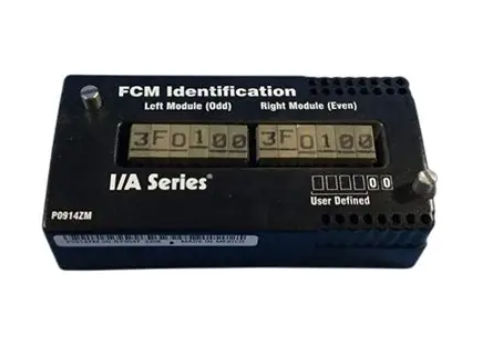
- User name Member Level Quantity Specification Purchase Date
- Satisfaction :
-









Email:wang@kongjiangauto.com




